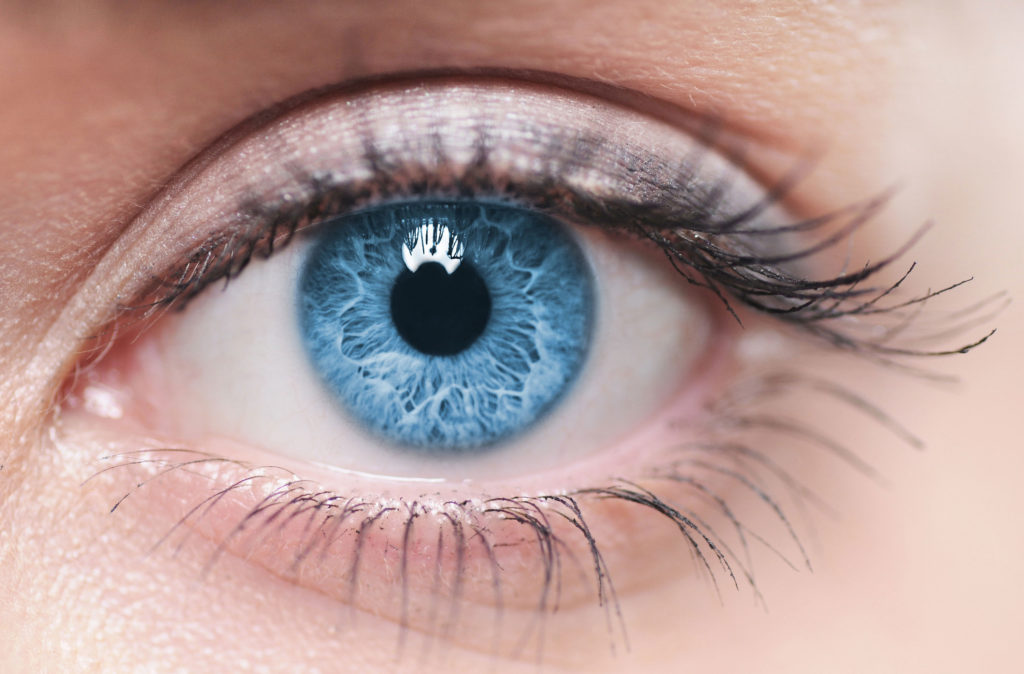Introduction
In Gilbert’s syndrome, slightly higher than normal levels of a substance called bilirubin build up in the blood.
Bilirubin is a yellow substance found naturally in the blood. It forms as a by-product when old red blood cells are broken down.
Symptoms of Gilbert’s syndrome
Most people with Gilbert’s syndrome experience occasional and short-lived episodes of jaundice (yellowing of the skin and whites of the eyes) due to the build-up of bilirubin in the blood.
As Gilbert’s syndrome usually only causes a slight increase in bilirubin levels, the yellowing of jaundice is often mild. The eyes are usually affected most.
Some people also report other problems during episodes of jaundice, including:
feeling very tired (fatigue)
loss of appetite
feeling sick
dizziness
irritable bowel syndrome (IBS) – a common digestive disorder that causes stomach cramps, bloating, diarrhoea and constipation
problems concentrating and thinking clearly (brain fog)
a general sense of feeling unwell
However, these problems aren’t necessarily thought to be directly related to increased bilirubin levels, and could indicate a condition other than Gilbert’s syndrome.
Around one in three people with Gilbert’s syndrome don’t experience any symptoms at all. Therefore, you may not realise you have the syndrome until tests for an unrelated problem are carried out.
When to see your GP
See your GP if you experience an episode of jaundice for the first time.
The jaundice of Gilbert’s syndrome is usually mild, but jaundice can be associated with more serious liver problems, such as cirrhosis or hepatitis C.
It’s therefore important to seek immediate medical advice from your GP if you have jaundice. If you can’t get in touch with your GP, contact NHS 111 or your local out-of-hours service for advice.
If you’ve been diagnosed with Gilbert’s syndrome (see below), you don’t usually need to seek medical advice during an episode of jaundice, unless you have additional or unusual symptoms.
What causes Gilbert’s syndrome?
Gilbert’s syndrome is a genetic disorder that’s hereditary (it runs in families). People with the syndrome have a faulty gene which causes the liver to have problems removing bilirubin from the blood.
Normally, when red blood cells reach the end of their life (after about 120 days), haemoglobin – the red pigment that carries oxygen in the blood – breaks down into bilirubin.
The liver converts bilirubin into a water-soluble form, which passes into bile and is eventually removed from the body in urine or stools. Bilirubin gives urine its light yellow colour and stools their dark brown colour.
In Gilbert’s syndrome, the faulty gene means that bilirubin isn’t passed into bile (a fluid produced by the liver to help with digestion) at the normal rate. Instead, it builds up in the bloodstream, giving the skin and white of the eyes a yellowish tinge.
Other than inheriting the faulty gene, there are no known risk factors for developing Gilbert’s syndrome. It isn’t related to lifestyle habits, environmental factors or serious underlying liver problems, such as cirrhosis or hepatitis C.
What triggers the symptoms?
People with Gilbert’s syndrome often find there are certain triggers that can bring on an episode of jaundice.
Some of the possible triggers linked with the condition include:
being dehydrated
going without food for long periods of time (fasting)
being ill with an infection
being stressed
physical exertion
not getting enough sleep
having surgery
in women, having their monthly period
Where possible, avoiding known triggers can reduce your chance of experiencing episodes of jaundice.
Who’s affected
Gilbert’s syndrome is common, but it’s difficult to know exactly how many people are affected because it doesn’t always cause obvious symptoms.
In the UK, it’s thought that at least 1 in 20 people (probably more) are affected by Gilbert’s syndrome.
Gilbert’s syndrome affects more men than women. It’s usually diagnosed during a person’s late teens or early twenties.
Diagnosing Gilbert’s syndrome
Gilbert’s syndrome can be diagnosed using a blood test to measure the levels of bilirubin in your blood and a liver function test.
When the liver is damaged, it releases enzymes into the blood. At the same time, levels of proteins that the liver produces to keep the body healthy begin to drop. By measuring the levels of these enzymes and proteins, it’s possible to build up a reasonably accurate picture of how well the liver is functioning.
If the test results show you have high levels of bilirubin in your blood, but your liver is otherwise working normally, a confident diagnosis of Gilbert’s syndrome can usually be made.
In certain cases, a genetic test may be necessary to confirm a diagnosis of Gilbert’s syndrome.
Living with Gilbert’s syndrome
Gilbert’s syndrome is a lifelong disorder. However, it doesn’t require treatment because it doesn’t pose a threat to health and doesn’t cause complications or an increased risk of liver disease.
Episodes of jaundice and any associated symptoms are usually short-lived and eventually pass.
If you have Gilbert’s syndrome, there’s no reason to modify your diet or the amount of exercise you do, and the recommendations about eating a healthy, balanced diet and the physical activity guidelines still apply.
However, you may find it useful to avoid the things you know trigger episodes of jaundice, such as dehydration and stress.
If you have Gilbert’s syndrome, the problem with your liver may also mean you’re at risk of developing jaundice or other side effects after taking certain medications. Therefore, seek medical advice before taking any new medication and make sure you mention to any doctors treating you for the first time that you have the syndrome.
Medications that shouldn’t be taken if you have Gilbert’s syndrome, unless advised by a doctor, include some types of HIV med, some types of medication for high cholesterol, and some chemotherapy.
